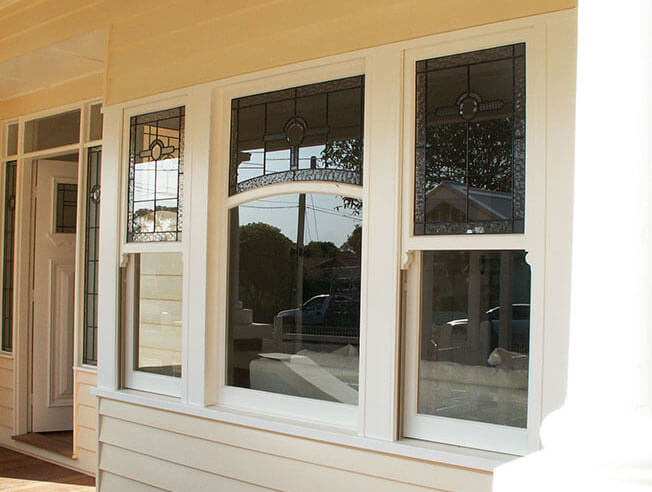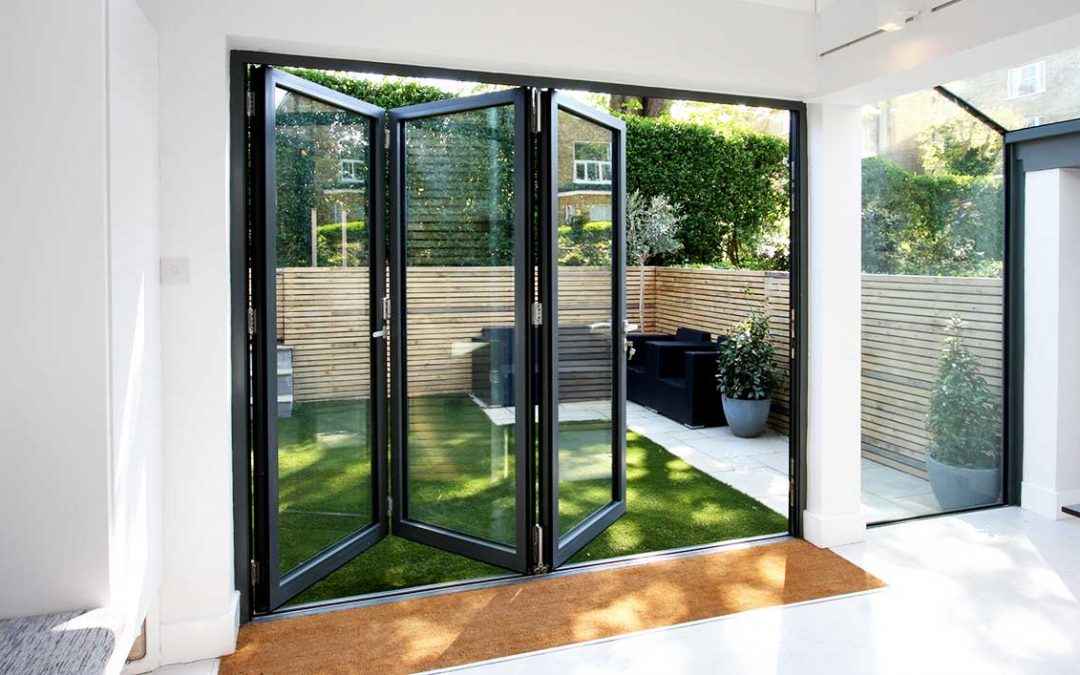All Categories
Featured
Table of Contents
Double Glazing - Windows - Doors in Mount Claremont Western Australia
That window can send more solar heat in winter season than in summer season. A west-facing window on a summer season's afternoon has an angle of incidence from near 0 up to 30 with a large reliable location of solar radiation. A north-facing window, in summertime, has a high angle of occurrence and a low effective location of solar radiation, so can transmit less heat than a west-facing one.

You can rapidly and easily improve the thermal efficiency of your house by replacing your windows. There are thousands of types of glass and frames to choose from.
What Is The Best Glazing For My Home? - Part 2 in Balcatta Perth
Single glazing with clear glass is not very efficient when it comes to heat loss or gain. To improve performance, you can utilize single glazing with a more energy-efficient type of glass such as low emissivity (low-e) glass.
Numerous layers can be assembled with sealed cavities in between each sheet of glass. IGUs generally provide better energy efficiency than single glazing, because they transfer less energy. The energy efficiency of IGUs likewise depends on: the residential or commercial properties of each layer of glass. Various glass types (for instance, clear and low-e glass) can be put together in an IGU.
Which Type Of Glass Is Best For Energy Efficiency? - A&l Windows in Woodlands Western Australia

IGU cavities can be filled with air or a more inert, low-conductivity gas such as argon the width of the cavity. Cavity density is usually 6 to 18mm. Wider cavities supply lower (better) U values, with 12mm typically accepted as the preferred space how well the cavity is sealed. Cavities must be dry and well sealed to avoid wetness getting in.
If argon is installed to the cavity in location of air, wetness is reliably excluded the level of desiccant (drying representative). The spacer (metal or polymer strip) that separates the glass layers consists of a desiccant to take in any moisture. Insufficient desiccant may cause wetness to condense on the glass surface area in cold conditions, decreasing thermal efficiency.
Double Glazed Windows: A Complete Guide in Beechina WA
In truth, IGUs can deliver much better energy performance for all climates, specifically in heated and air-conditioned houses. Cross-section detail of single, double and triple-glazing systems Low emissivity glass (commonly understood as low-e glass) lowers heat transfer. Low-e glass might be either high or low transmission: High transmission low-e glass has a finish that enables daytime from the sun to enter your house to accomplish great solar heat gain, but reduces the amount of the long wavelength infrared heat that can leave back through the window.
Low-e glass has either a pyrolytic finish or a vacuum-deposited thin movie metal finish. Pyrolytic coverings are durable and can be used for any glazing; vacuum-deposited finishings are soft and are only used within IGUs. Low-e coverings can substantially improve both U worth and SHGC; nevertheless, they must be used properly or they will either weaken or stop working to perform as required.
Upvc Double Glazed Windows Australia in Warwick WA
Low-e finishes can be used in mix with clear, toned or reflective glass. Low-e finishings on glazing can reduce heat transfer where needed Image: Department of Market, Science, Energy and Resources Toned glass has actually colouring ingredients included during manufacture. It is offered in different colours, typically bronze, grey, blue and green.
Latest Posts
Why Is Double Glazing So Important In Winter? in Floreat Western Australia
Pros And Cons Of Argon Gas In Windows in Bedford Perth
Can I Have Double Glazing In A Summerhouse? in Madeley Perth